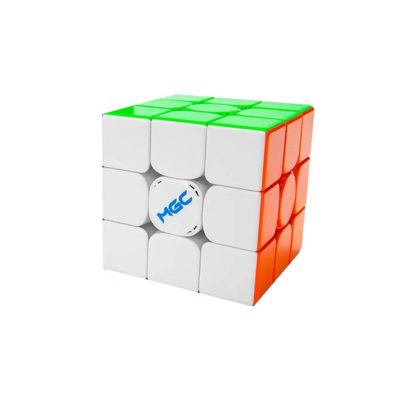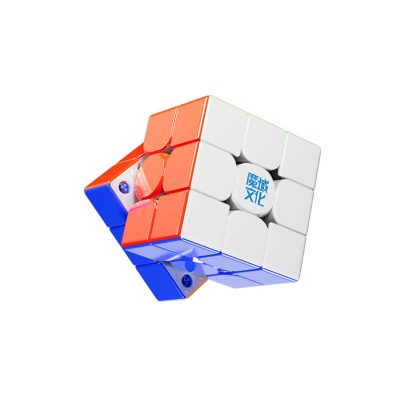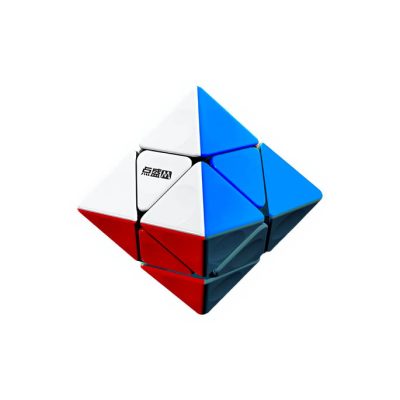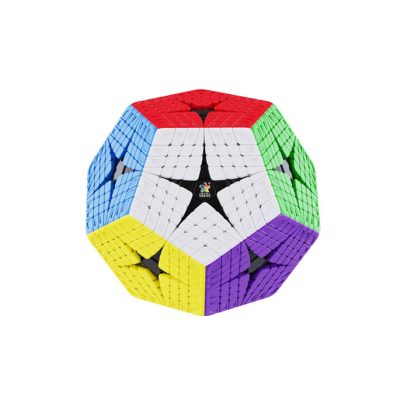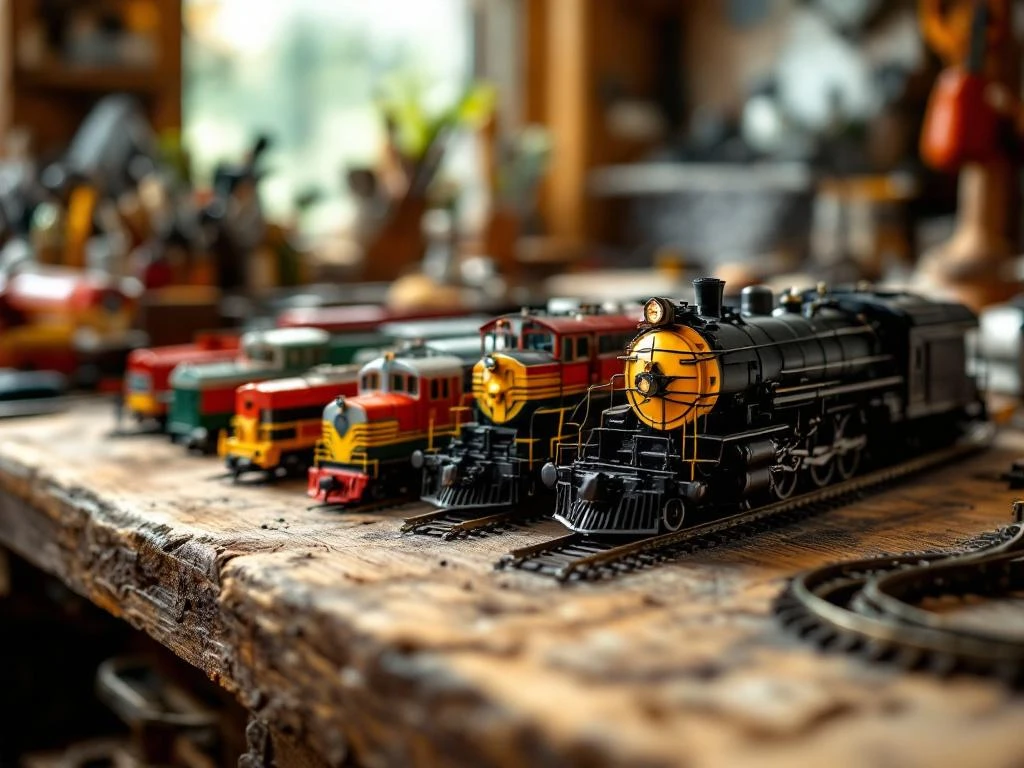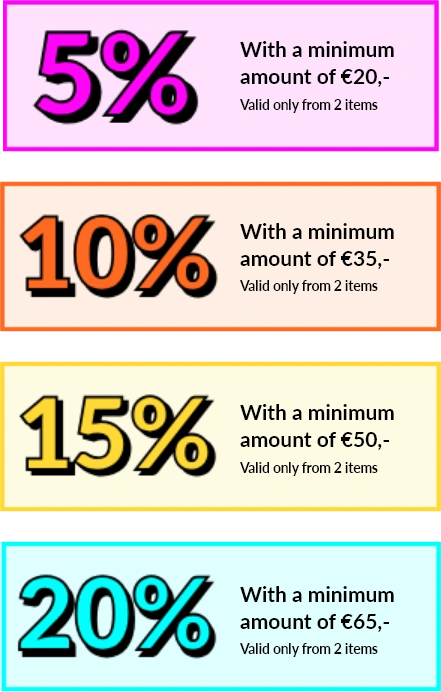-
 Dave Vinke
Dave Vinke
- Leestijd: 5 min
- Laatst geüpdatet: 07/08/2025
Architectural model building is a creative hobby where you accurately construct scale models of buildings using materials like cardboard, wood, and plastic. This fascinating activity combines technical precision with artistic freedom, allowing you to bring both existing monuments and your own designs to life. From iconic skyscrapers to historic castles, architectural model building offers endless possibilities for hobbyists who enjoy detailed craftsmanship and spatial insight.
What exactly is architectural model building?
Architectural model building is the construction of scale models of buildings, where you work with various materials to create realistic miniature versions. This hobby attracts people who enjoy working with their hands and have an eye for detail, from recreating famous structures to designing fantasy buildings.
You can choose from different types of projects within architectural model building. Historic buildings like medieval castles, Roman temples, or Victorian mansions are popular among history enthusiasts. Modern architecture offers challenges with glass skyscrapers, futuristic museums, and innovative residential complexes. Many builders start with well-known monuments like the Eiffel Tower or the Empire State Building.
The scale you work in largely determines the complexity of your project. Popular scales are 1:87 (HO scale), 1:160 (N scale), and 1:220 (Z scale). Larger scales like 1:50 or 1:25 allow for more detail but also require more space and materials. The choice depends on your experience, available workspace, and desired level of detail.
What materials do you need for architectural model building?
For architectural model building, you need a basic set of materials: cardboard, wood or plastic sheets for construction, various types of glue, a sharp hobby knife with replaceable blades, a cutting mat, ruler, and set square. These essential tools form the foundation with which you can build virtually any structure.
Beginners should start with cardboard because it’s easy to work with and mistakes are easily corrected. Thick drawing paper (200-300 grams) is perfect for walls and floors, while thin cardboard is ideal for details like window frames and roof tiles. As your skills develop, you can switch to materials like balsa wood, polystyrene sheets, or even thin metal plates for realistic effects.
For finishing your models, additional materials are useful. Acrylic paint in various colors, fine brushes for details, sandpaper for smooth finishes, and model grass or trees for the environment. Special effects like lighting require LED lights, thin wiring, and a small battery holder. A good workspace with adequate lighting and ventilation makes building more pleasant and safer.
How do you start with architectural model building?
Begin your journey in architectural model building with a simple building kit that contains all necessary parts and clear instructions. Choose a small project like a village house or chapel, where you learn basic techniques without being overwhelmed by complexity.
The first step is carefully studying the building plans. Take time to understand how all parts fit together before you start cutting. Practice cutting straight lines on scrap material first, holding the ruler firmly and making multiple light cutting motions instead of one deep cut. This prevents tearing and gives cleaner edges.
Develop your skills step by step. Start with perfectly square gluing of walls, then learn how to make roof constructions, and work up to more complex details like stairs and balconies. Take photos of your progress so you can look back on your development. After several successful building kits, you can move on to working with loose building plans or even creating your own designs.
| Skill Level | Recommended Projects | Estimated Build Time |
|---|---|---|
| Beginner | Simple houses, barns | 5-10 hours |
| Advanced | Churches, stations, bridges | 20-40 hours |
| Expert | Cathedrals, skyscrapers | 50+ hours |
What is the difference between architectural model building and other model building?
Architectural model building distinguishes itself from other forms of model building through its focus on static structures and spatial proportions rather than moving parts. While airplane or car model building often revolves around mechanical details and aerodynamic forms, architecture is about proportions, symmetry, and the interaction between building and environment.
Working with building plans is a unique aspect of architectural model building. You learn to interpret floor plans, cross-sections, and elevation drawings—skills that are less important in other forms of model building. The emphasis is on scale accuracy where every millimeter counts. A window that is two millimeters too large on a 1:87 scale means a deviation of almost 20 centimeters in reality.
The materials and techniques also differ significantly. While plastic model kits for airplanes or cars usually consist of pre-molded parts that you glue together, architectural model building requires cutting, folding, and constructing elements yourself. This provides more creative freedom but also requires more patience and precision. The end result is often part of a larger whole, such as a model railway or diorama, where buildings form the backdrop for other hobbies.
Where can you find the best architectural model building sets?
Quality architectural model building sets can be found at specialized hobby shops that carry a wide assortment from well-known brands like Faller, Vollmer, and Kibri. When choosing, pay attention to the scale, level of detail, and whether all parts are pre-cut or if you need to cut them yourself.
Online shopping offers the advantage of extensive product information and customer reviews. Compare prices between different suppliers, but also look at the service offered. Fast delivery, clear product photos, and the ability to ask questions are important factors. A reliable webshop provides transparent information about delivery times and return policies.
With us, you’ll find a carefully selected assortment of model building products that perfectly matches different levels and interests. We understand that choosing the right set can be overwhelming, which is why we offer extensive product descriptions and personal advice. With our fast shipping until 11:30 PM, you’ll have your new project in hand the next day. Also discover our advantageous discount arrangements when you order multiple sets, ideal for expanding your model building collection.
Frequently Asked Questions
How much does it cost to start with architectural model building?
Can I combine architectural model building with a model railway?
How do I prevent cardboard from bubbling when painting?
What are common mistakes when building your first model?
How do I best store my finished models?
Can I create my own building plans for architectural model building?
Table of contents
Much viewed
More blogs
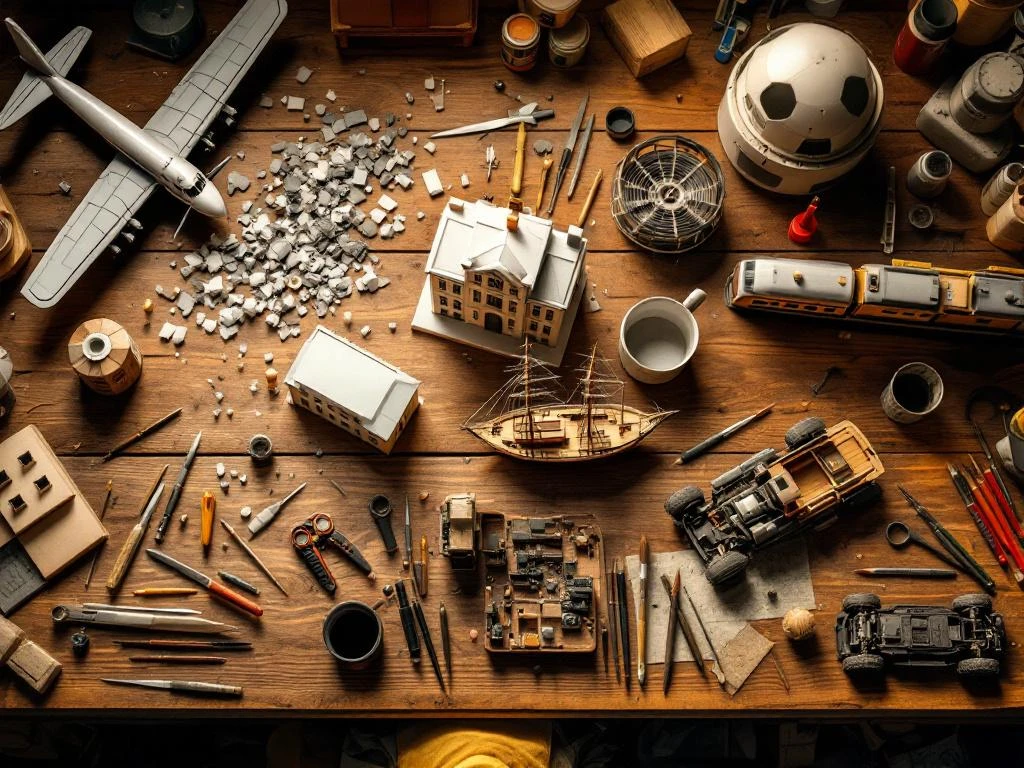
What types of model building are there?
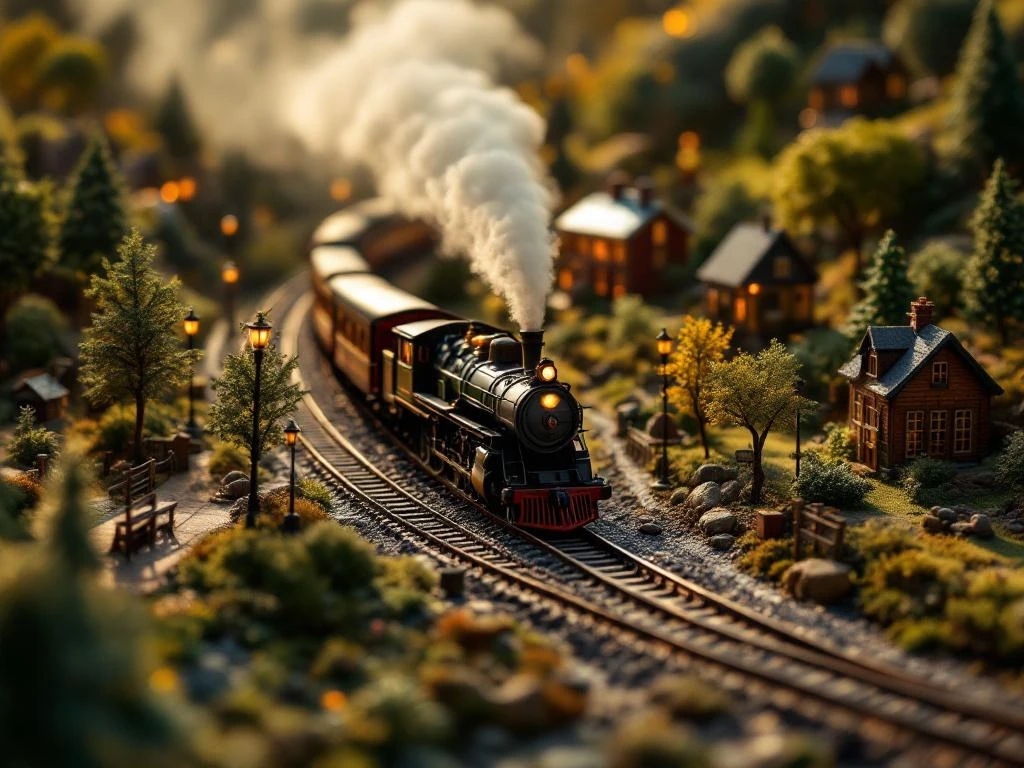
What is railway model building?

